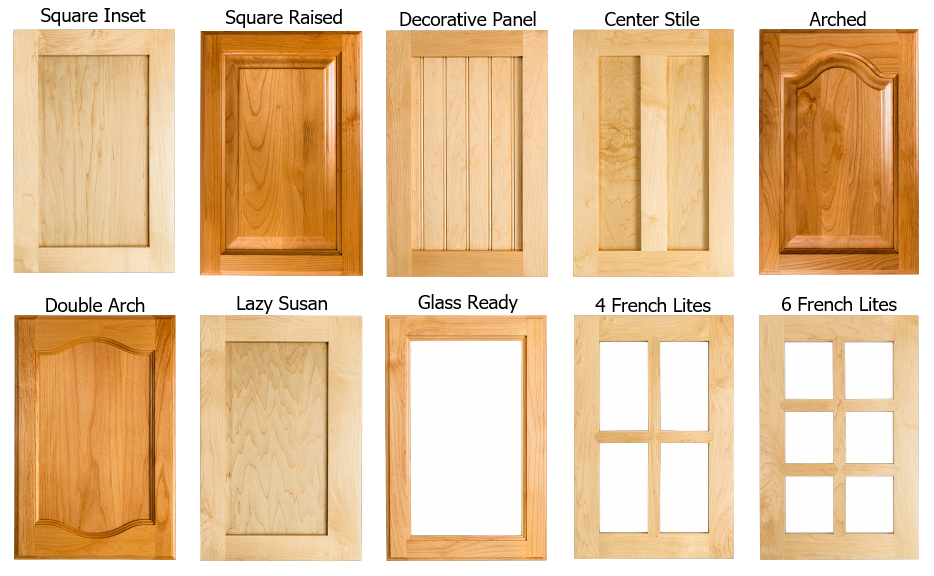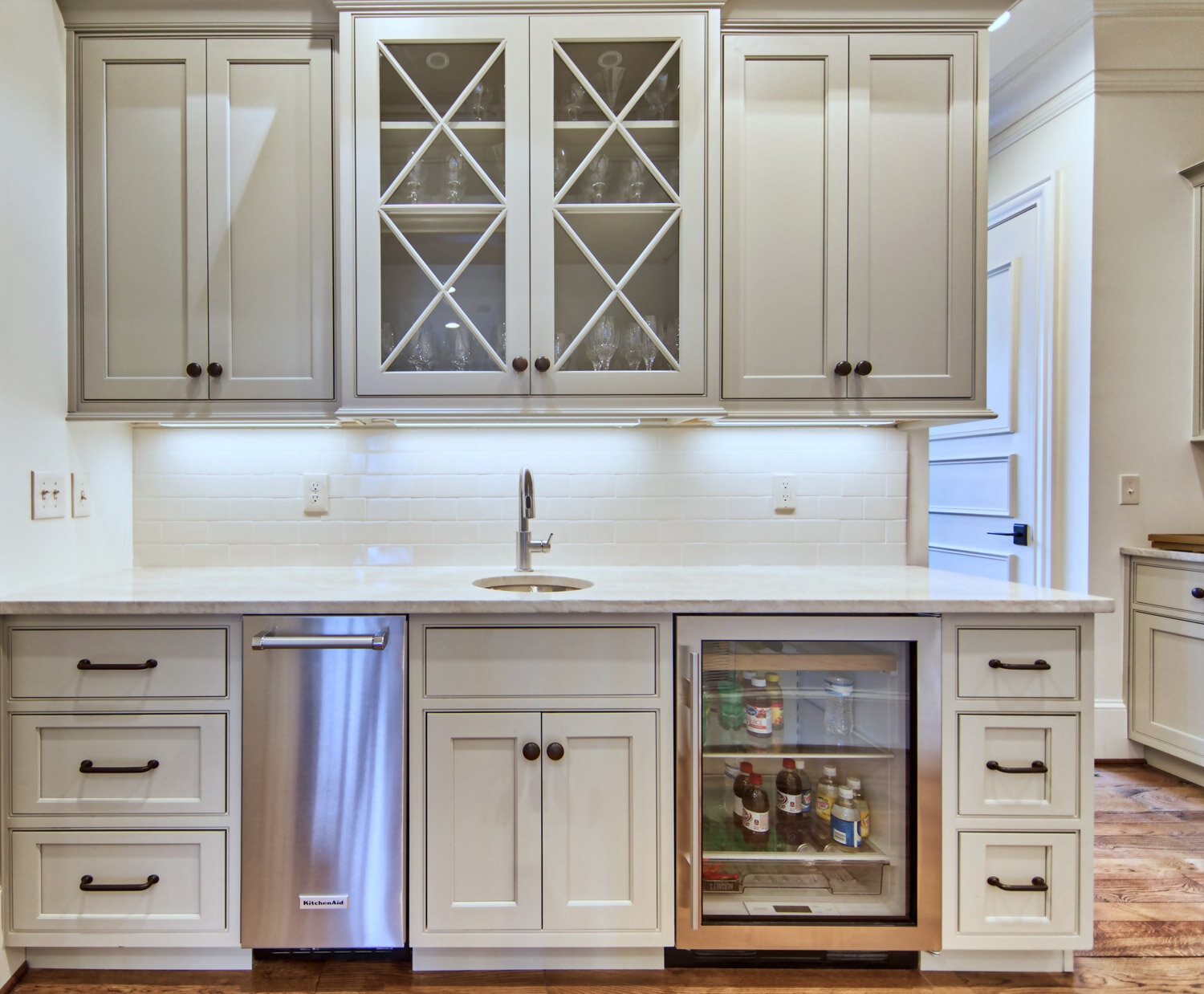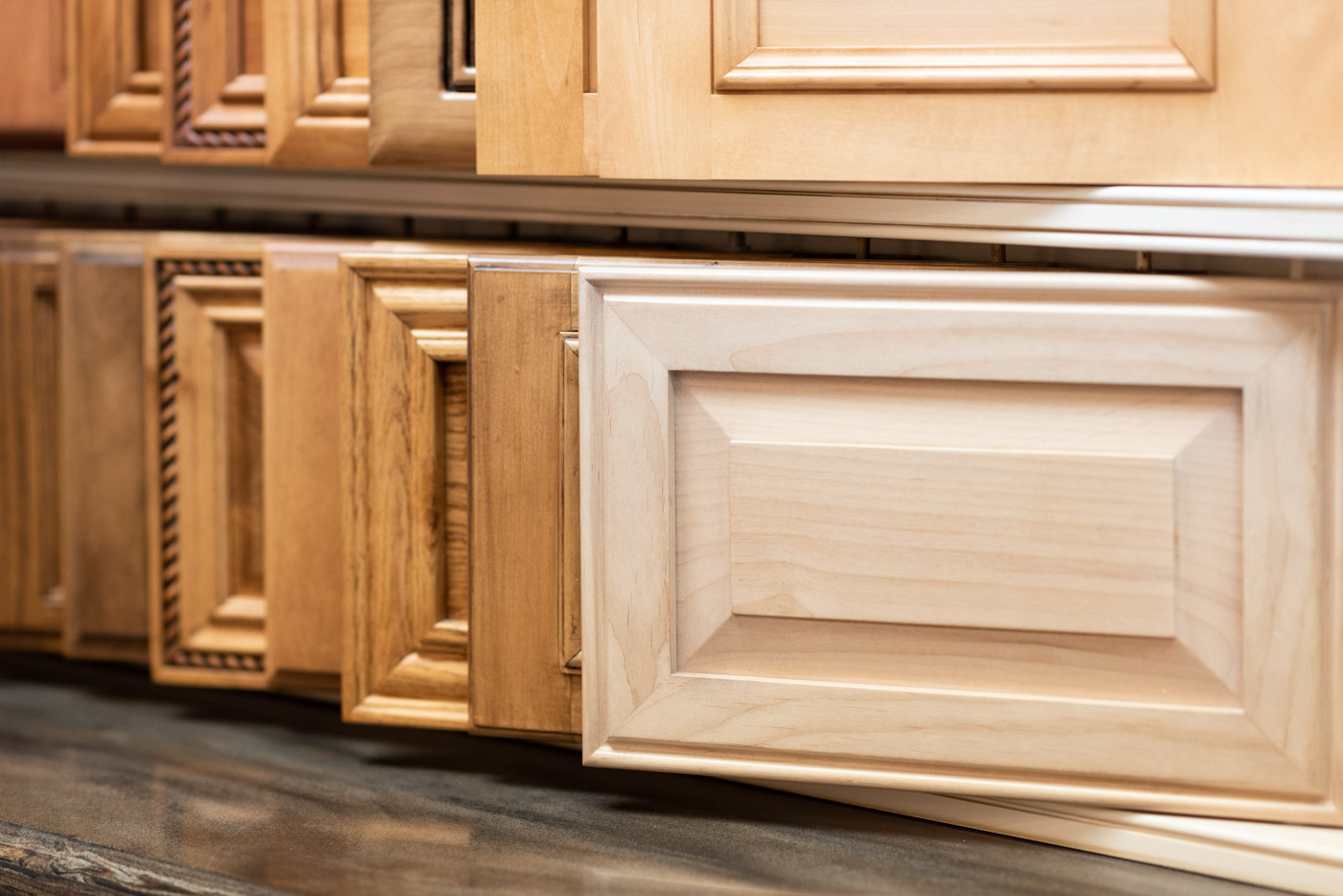Wood Skins: Wood Skins For Cabinets

Wood veneers are thin slices of wood that are used to cover a substrate, such as plywood or MDF. They are often used for cabinet skins because they offer a beautiful, natural look and can be more affordable than solid wood.
Types of Wood Veneers, Wood skins for cabinets
Wood veneers come in a wide variety of types, each with its own unique characteristics. Some of the most popular types of wood veneers used for cabinet skins include:
- Oak: Oak veneers are known for their durability, strength, and distinctive grain patterns. They are available in a range of colors, from light to dark, and can be stained to achieve a desired finish.
- Maple: Maple veneers are known for their smooth, tight grain and light color. They are often used for cabinets that require a clean, contemporary look.
- Cherry: Cherry veneers have a warm, reddish-brown color that darkens with age. They are known for their beautiful grain patterns and durability.
- Walnut: Walnut veneers are known for their rich, dark brown color and distinctive grain patterns. They are often used for cabinets that require a luxurious look.
- Exotic Woods: Exotic woods, such as mahogany, rosewood, and zebrawood, are known for their unique colors, patterns, and textures. They can add a touch of elegance and sophistication to cabinets.
Properties of Wood Veneers
The properties of wood veneers can vary depending on the type of wood used. However, in general, wood veneers are:
- Durable: Wood veneers are relatively durable and can withstand scratches and dents. They are also resistant to moisture and heat.
- Aesthetically Pleasing: Wood veneers offer a natural beauty that can enhance the look of any cabinet. They come in a wide variety of colors, patterns, and textures.
- Affordable: Wood veneers are generally more affordable than solid wood. This makes them a popular choice for homeowners on a budget.
- Sustainable: Wood veneers are a more sustainable option than solid wood because they require less wood to produce. This is because they are made from thin slices of wood, rather than whole logs.
Advantages and Disadvantages of Wood Veneers
There are both advantages and disadvantages to using wood veneers for cabinet skins.
Advantages
- Cost-effective: Wood veneers are generally more affordable than solid wood, especially for larger projects. This is because they require less wood to produce.
- Aesthetically appealing: Wood veneers offer a wide variety of colors, patterns, and textures, allowing for a customized look. They also provide a natural beauty that can enhance the overall design of the cabinets.
- Durable and resistant: Wood veneers are relatively durable and can withstand scratches and dents. They are also resistant to moisture and heat, making them suitable for various environments.
- Sustainable choice: Wood veneers are a more sustainable option than solid wood, as they require less wood to produce. This helps conserve natural resources and reduce environmental impact.
Disadvantages
- Susceptible to damage: While durable, wood veneers can be more susceptible to damage than solid wood, especially if exposed to extreme temperatures or moisture. This requires careful handling and maintenance.
- Potential for imperfections: Wood veneers can sometimes have imperfections, such as knots or grain variations. This may require careful selection and installation to ensure a consistent and aesthetically pleasing finish.
- Limited thickness: Wood veneers are thin, which can limit their ability to be re-finished or repaired. This may require professional assistance for any significant repairs or modifications.
- Installation complexity: Installing wood veneers can be more complex than working with solid wood. It requires specialized tools and techniques to ensure proper adhesion and a seamless finish.
Application and Installation Techniques

Applying wood veneers to cabinet surfaces is a skilled craft that transforms plain cabinets into elegant and unique pieces. This process involves careful preparation, precise bonding, and meticulous finishing techniques.
Veneer Application Methods
There are several methods of applying wood veneers to cabinet surfaces, each with its own aesthetic and practical considerations.
- Bookmatching: In this method, two veneer sheets are joined together with their grain patterns mirrored. This creates a symmetrical and elegant look, highlighting the wood’s natural beauty.
- Slipmatching: This technique involves joining veneer sheets with their grain patterns running in the same direction. It produces a continuous and flowing look, emphasizing the wood’s texture.
- Random Matching: Random matching is a less structured method where veneer sheets are joined without any specific pattern. This technique creates a unique and dynamic look, showcasing the wood’s natural variations.
Step-by-Step Guide for Installing Wood Veneer Skins on Cabinets
Installing wood veneer skins on cabinets requires careful planning, precision, and the right tools. Here’s a step-by-step guide to ensure a successful installation:
- Prepare the Cabinet Surfaces:
- Clean the cabinet surfaces thoroughly to remove dust, grease, or any other contaminants. This ensures a strong bond between the veneer and the substrate.
- Sand the cabinet surfaces with fine-grit sandpaper to create a smooth and even surface. This will help the veneer adhere properly.
- Cut the Veneer Sheets:
- Measure the cabinet surfaces accurately and cut the veneer sheets to size using a sharp utility knife or a veneer saw. Be sure to leave a small margin for trimming later.
- Use a cutting mat or a sturdy surface to protect your work area.
- Apply Adhesive:
- Spread a thin and even layer of contact adhesive on the back of the veneer sheet using a roller or a brush. This adhesive is designed for strong and durable bonding.
- Allow the adhesive to dry for a few minutes until it becomes tacky, following the manufacturer’s instructions.
- Position and Apply the Veneer:
- Carefully position the veneer sheet on the cabinet surface, aligning it with the edges and making sure it is centered. Use clamps to secure it in place.
- Apply firm and even pressure to the veneer sheet, ensuring good contact with the adhesive. This helps to achieve a smooth and even finish.
- Trim Excess Veneer:
- Once the adhesive has dried completely, use a sharp utility knife or a veneer trimming tool to trim any excess veneer along the edges. This step requires precision and patience to achieve a clean and professional finish.
- Ensure that the trimming is done flush with the cabinet surface to avoid any unevenness.
- Finish the Veneer:
- After the veneer is trimmed, it’s time to finish it to enhance its beauty and protect it from damage. This involves sanding, staining, and applying a topcoat.
- Sand the veneer lightly with fine-grit sandpaper to smooth out any imperfections. This step prepares the surface for staining and sealing.
- Apply a stain to the veneer, if desired, to enhance its color and grain pattern. Choose a stain that complements the wood species and the overall design of the cabinets.
- Finally, apply a protective topcoat, such as polyurethane or varnish, to seal the veneer and provide a durable finish. This will protect the veneer from scratches, spills, and other wear and tear.
Safety Precautions
When working with wood veneer and adhesives, it’s important to take the following safety precautions:
- Wear protective gear, including safety glasses, gloves, and a respirator, to protect yourself from dust, fumes, and potential skin irritations.
- Work in a well-ventilated area to avoid inhaling harmful fumes from adhesives and finishing products.
- Use sharp and properly maintained tools to prevent accidents.
- Keep flammable materials away from heat sources and open flames.
- Always follow the manufacturer’s instructions for adhesives and finishing products, including safety precautions and drying times.
Design Considerations and Trends
Wood veneers offer a remarkable opportunity to elevate cabinet design, adding a touch of sophistication and warmth to any space. As trends evolve, so do the ways we utilize wood veneers to create captivating and timeless cabinetry.
Current Trends in Cabinet Design Using Wood Veneers
The world of cabinet design is constantly evolving, with wood veneers playing a pivotal role in shaping contemporary aesthetics. Here’s a glimpse into some of the prevailing trends:
- Warm and Earthy Tones: A move towards natural, organic palettes has brought warm browns, rich honey hues, and subtle grays to the forefront. These colors evoke a sense of tranquility and connection to nature, making them ideal for creating welcoming and inviting spaces.
- Minimalist Design: Clean lines, simple forms, and a focus on functionality are hallmarks of minimalist design. Wood veneers, with their inherent beauty, seamlessly integrate into this aesthetic, providing a natural and refined touch.
- Sustainable and Eco-Conscious Choices: As sustainability gains momentum, using reclaimed wood veneers or those sourced from responsibly managed forests is becoming increasingly popular. This aligns with the growing desire for environmentally friendly choices and adds a layer of ethical responsibility to design decisions.
- Mixed Materials: Combining wood veneers with other materials like metal, glass, or stone adds depth and complexity to cabinet designs. This approach creates visual interest and allows for a harmonious blend of textures and finishes.
- Geometric Patterns: Geometric patterns, such as herringbone, chevron, and parquet, are gaining traction in cabinet design. These patterns add a touch of visual intrigue and break up the monotony of traditional designs, creating a dynamic and contemporary aesthetic.
Wood Veneer Patterns and Their Visual Impact
The choice of wood veneer pattern significantly impacts the overall aesthetic of a cabinet. Here’s a table outlining some common patterns and their visual effects:
| Pattern | Visual Impact |
|---|---|
| Bookmatched | Creates a symmetrical and elegant look, often used for doors and drawer fronts. |
| Random Match | Provides a more natural and organic feel, showcasing the unique grain variations of the wood. |
| Quartersawn | Exhibits distinct and prominent grain lines, adding a sense of depth and dimension. |
| Herringbone | Creates a dynamic and visually interesting pattern, often used for accent pieces or feature walls. |
| Chevron | Similar to herringbone but with a more pointed and angled design, adding a touch of sophistication. |
Inspiring Examples of Cabinets Featuring Wood Veneer Skins
- Modern Kitchen Cabinets with a Walnut Veneer: Imagine a sleek, minimalist kitchen with cabinets crafted from a rich walnut veneer. The warm brown tones and subtle grain patterns create a sense of sophistication and elegance, while the clean lines and simple design complement the modern aesthetic.
- Traditional Library Cabinets with a Cherry Veneer: A library or study furnished with cherry veneer cabinets exudes a timeless charm. The warm reddish-brown tones and intricate grain patterns create a sense of history and tradition, making the space feel both inviting and sophisticated.
- Contemporary Bathroom Vanity with a Maple Veneer: A contemporary bathroom vanity crafted from a light maple veneer adds a touch of brightness and airy elegance. The clean lines and subtle grain patterns create a modern and minimalist feel, while the light color reflects natural light, enhancing the overall spaciousness of the room.
Wood skins for cabinets are a great way to add a touch of warmth and personality to your space, especially in smaller homes. If you’re living in a small one bedroom home , wood skins can help create a sense of coziness and make your cabinets feel less bulky.
Plus, they’re super easy to install and can be customized to match your existing décor!
Wood skins for cabinets are super trendy right now, adding a natural touch to any space. But before you go all-out on that wood-skin makeover, make sure you’re not dealing with any unwanted roommates – check out this article on small insects in bedrooms for tips on identification and prevention.
Once you’ve tackled those creepy crawlies, you can confidently start planning your cabinet revamp!

